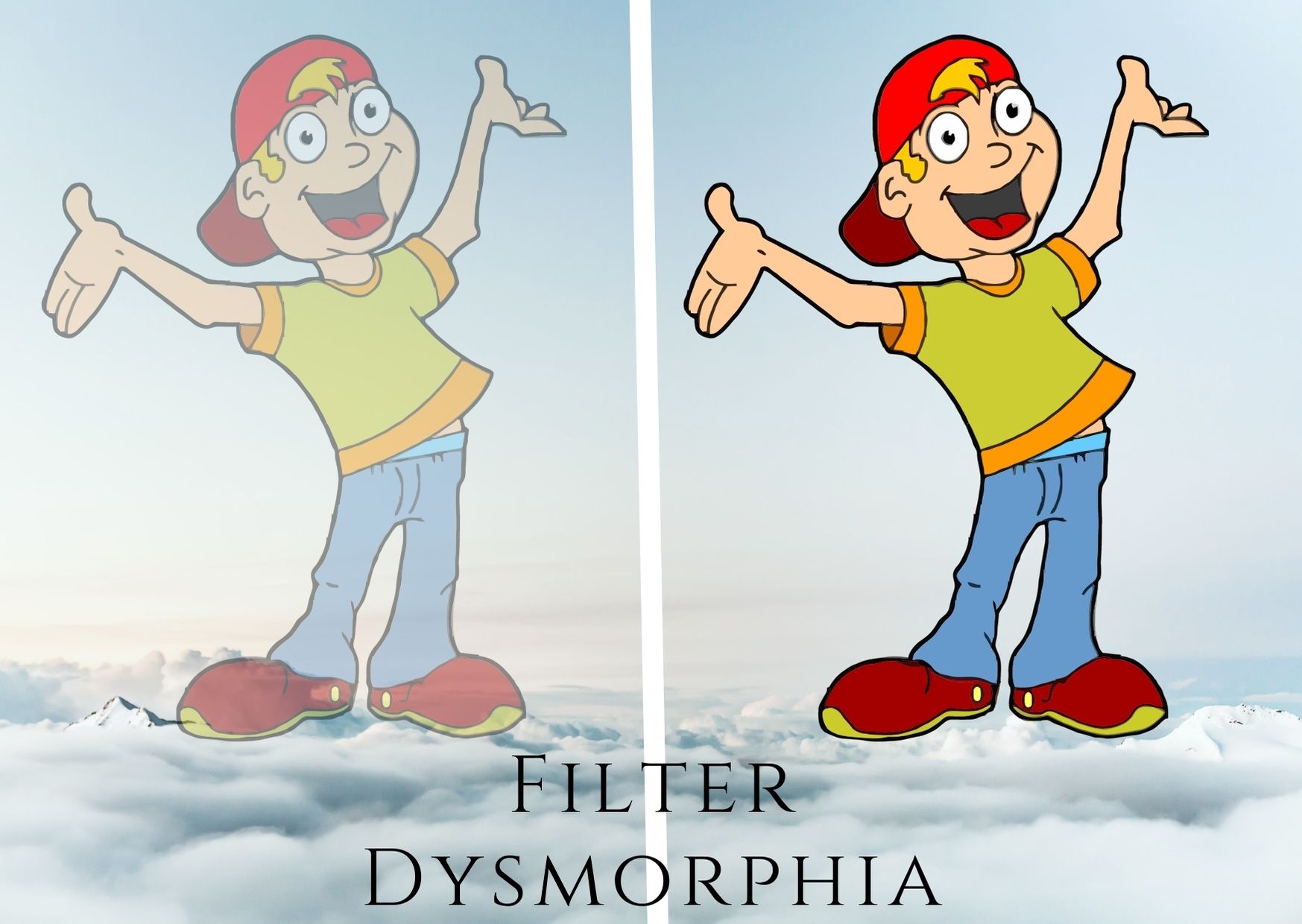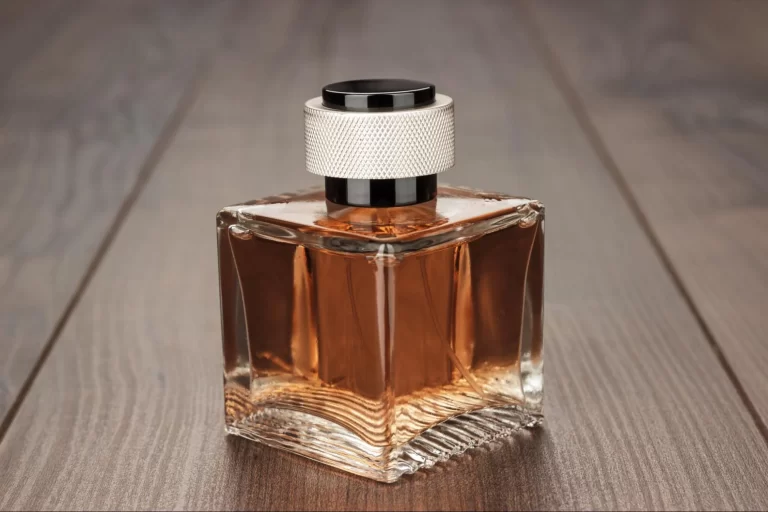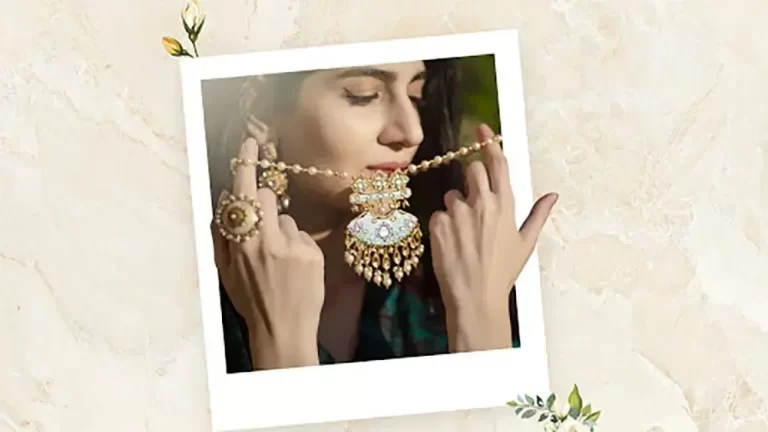
Mirror-Mirror on the Wall
“I am not cruel, only truthful, “said the mirror. She chucked it away and the glass shattered into a gazillion pieces. She was called Sylvia Plath. Decades changed, systems automatized and mirrors evolved into mobile stowaways. However. what remained constant was her dissatisfied frown. So, shall history repeat itself?
No, this time she has something she didn’t have the last time. She flips out a magic wand and with merely two swipes and no ‘bippity boppity boos’ pulls out a makeover Cinderella would feel jealous of. A dimple here, whitened incisors, another red highlight and we are good to go. She now likes to be called @CuteSylP, and everyone loves her.
Welcome to the 21st century where the remote to your snaps is in your hands. Don’t like acne? Just filter it out! Want a slender nose? Filter again! Your pictures and your social media are full of these porcelain snapshots of you clinging to the modern hypocritical, ostensible ‘beauty standards’. The faker your picture is, the more likes you garner. But hey, as long as everyone does it, it’s okay, right? Is it bad to feel good about yourself? It’s okay for as long as you don’t walk into those 4-cornered frames of critique: mirrors. That is the ultimate reality check and that is when you see it all; flabby side-rolls, double chins, uneven bangs; and that haunts you. You frantically look for yourself in it, where is my angular jawline, which was of course never there in the first place. You can’t ‘feel good’ about yourself because that isn’t you! It is a false reproduction you want to accept as your reality when it isn’t. And when this realization hits you, you start wishing: wishing to have those sparkly eyes and those cupid lips in reality; thus, dangling yourself on the ledge of newfound narcissism.
What is Body Dysmorphic Disorder?
Body Dysmorphic Disorder (BDD) is a mental illness that compels teens to look like plastic versions of themselves. This obsession targets their focus onto sections of their body and face they believe to be undesirable, and have an imminent craving to get rid of. Victims of BDD are symptomized by constantly inspecting their images in mirrors and ridiculing their reflections. These teenagers are so driven by the idea of subjugating the so-called yardsticks of beauty, they are ready to exploit invasive cosmetic procedures to remodel their original faces! BDD jeopardizes their self-esteem and limits self-love. They are so convinced by the ‘perfection’ of edited images that subtle mortal imperfections terrorize them. Unlike traditional times, they don’t want to look like Angelina Jolie or Audrey Hepburn; they want to look like impeccable copies of themselves; which is all the more derogatory as every individual is bound to consider his/ her face flawed in some way or the other. But fraudulent filter effects making you look like a Greek Goddess are in no way natural, pragmatic, or ‘flawed’. Remember, it is completely natural for people to feel insecure about their facial features sometimes, but if this insecurity stretches to the extent of becoming a preoccupation and all you can think of is how that mole doesn’t suit your wide nose, you seriously need help. Adolescent BDD victims failing to achieve benchmarked echelons of ‘beauty’ obliterate their mental health brutally.
Cure for BDD
BDD is a chronic, incurable disease that can only be partially treated by psychological therapy. Behavioral therapy, psychotherapy, and cognitive behavioral therapy are few examples of various talk therapies that focus on redirecting self-hate and transmogrifying negative thoughts and emotions into constructive positivity and self-confidence, thus getting rid of BDD. Anxiety and compulsive behavior can be treated at the behest of SSRIs. What adds to the adversity of this disease is oblivion and lack of proper guardianship in teens. Hence, it becomes all the more imperative for BDD to be discussed by specialists in schools and colleges. More and more teens need to be sensitized about this disease and parents need to be understanding and supportive with their children who develop diffidence and insecurities pertaining to their looks.
Something All Teens Must Know!
While we all would love to look picture-perfect 24X7, every untamed liking catalyzes into obsessions. It is alright to be concerned about your appearance and your health, and you should try your best to keep yourself fit and mentally and physically appeased. However, you must never consider yourself to be ‘unattractive’ or ‘ugly’ just because our condemnatory society has other demands from you. Unrealistic beauty standards demean an individual’s identity and compromise his/her confidence. Teenagers are bound to be insecure, but those who embrace their true selves are the ones who blossom into mature adults. Snapchat and YouCam will always be there for some minor enhancements, but you are the most beautiful creation that no App could recreate. That adorable bunny-tooth and that constellation of freckles are inherently beautiful; accept those for what they are: a part of you. BDD wouldn’t have existed if teenagers like me and realized that while filtered photographs look attractive, they would never be able to duplicate the beauty inherent in us. Do not abandon your innate beauty to adjust to the vaunted demands of a judgemental society. Be bold, strong, and proud of yourself and your appearance. Carry yourself like a twinkling medal of honor because you are one. ‘The most beautiful you can ever be is yourself’; act like it! So, the next time you look into the mirror and see yourself as a tangible and real person, smile. That is when you’re truly beautiful.
Written By: SANYA SINHA


